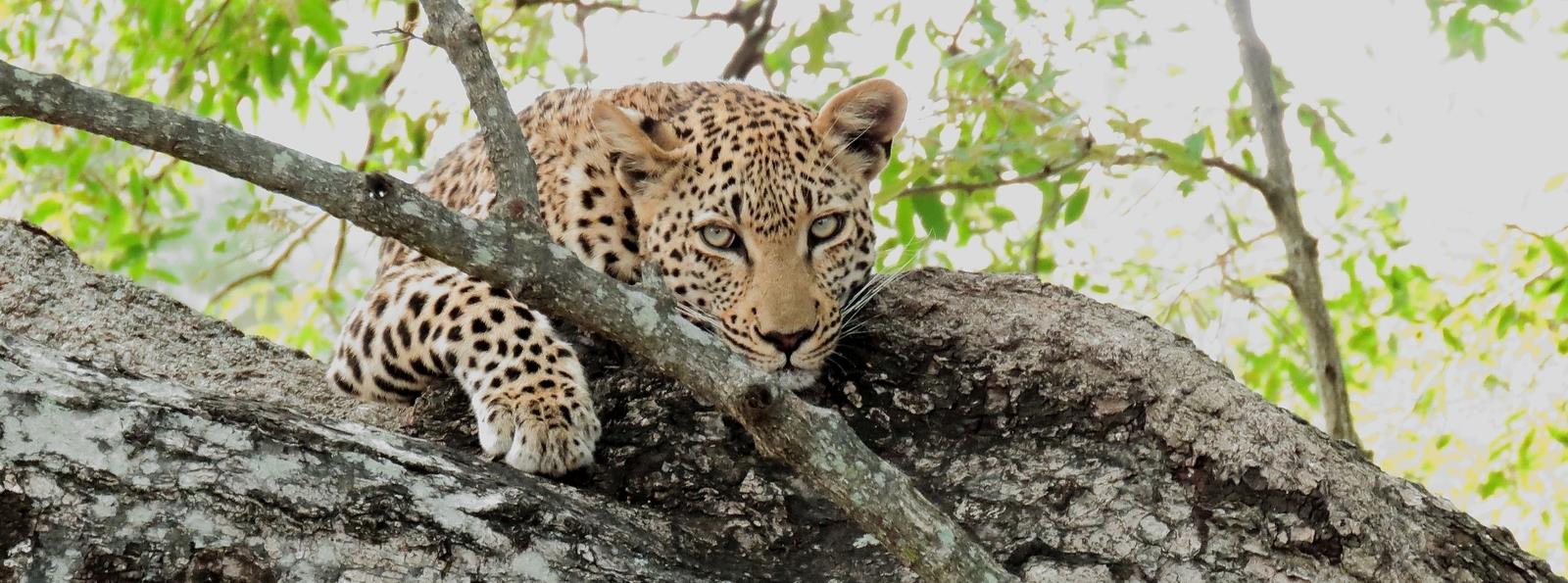After nearly 30 years of low flows, interspersed with occasional average flows and then the highs of 2008 and 2009, this wetland is receiving a record inflow in 2010 – a hugely important event for the biodiversity of the Okavango and northern Botswana in general.
The flood is an eagerly anticipated annual phenomenon. The level of each year’s flood is primarily dependant on rainfall in the catchment areas in Angola as well as rainfall over the Delta itself and there is a distinct short and long term cycle to the inflows and flooding patterns of the Okavango and associated river systems.
The extent and duration of the previous season’s rainfall and flood also have a major effect on the ensuing season. As 2008 and 2009 were both above average flood years, this has collectively led to this so-called ‘super year’ of 2010. These “wet” cycles usually last 10-15 years, so 2010 is about three years into the wet cycle, moving out of the dry cycle experienced between 1985 and 2005.
What is truly exciting is that the water levels of 2010 are going to be on a par with those last seen in the 1970s, primarily due to the following:
• The current high water tables as a result of both 2008 and 2009 inputs from flood and rainfall.
• Increased inflows from the two feeding Angolan rivers (Cubango and Quito) in 2010 which have arrived earlier than usual in the Delta.
• Above average rains over the Okavango Delta itself, with intense rainfall events as late as April (rainfall recorded exceeded 890 mm for the season).
This very special occurrence, cyclical in nature, is much needed in maintaining greater biodiversity. The annual flooding regimes retain the very essence of the Okavango Delta – a veritable Garden of Eden. The effects are fantastic, as large grassland areas and floodplains that have not been inundated for many years and even decades, become flooded, and a continued recharge of groundwater takes place.
The Okavango Delta will be gradually inundated with crystal clear, lifegiving water. Islands will be rejuvenated and distal lakes like Ngami and Mababe will fill. Linked to Mababe and fed from the Linyanti/Kwando system the Savute Channel can be expected to have a major increase in flows, resuscitating the famed Savute Marsh at the terminal end of the channel.
The Selinda Spillway has now also joined up with the Savute Channel for only the 2nd time in 30 years.
Grassy plains can be expected to be flooded by mid 2010, and important changes in vegetation structures and the resultant movement of animal life will occur. All over northern Botswana the effects will be felt.
The water levels are expected to drop slowly this year, and the flood season is expected to last until September or October and even into November when one can expect large numbers of birds to concentrate on the drying floodplains and so called “fish traps”. The floodplains are even expected to still be partially full when the next rain season arrives in November or December, setting the stage for another excellent flood in 2011.
The next few seasons are going to offer wonderful opportunities to experience the Okavango Delta in all its glory…

